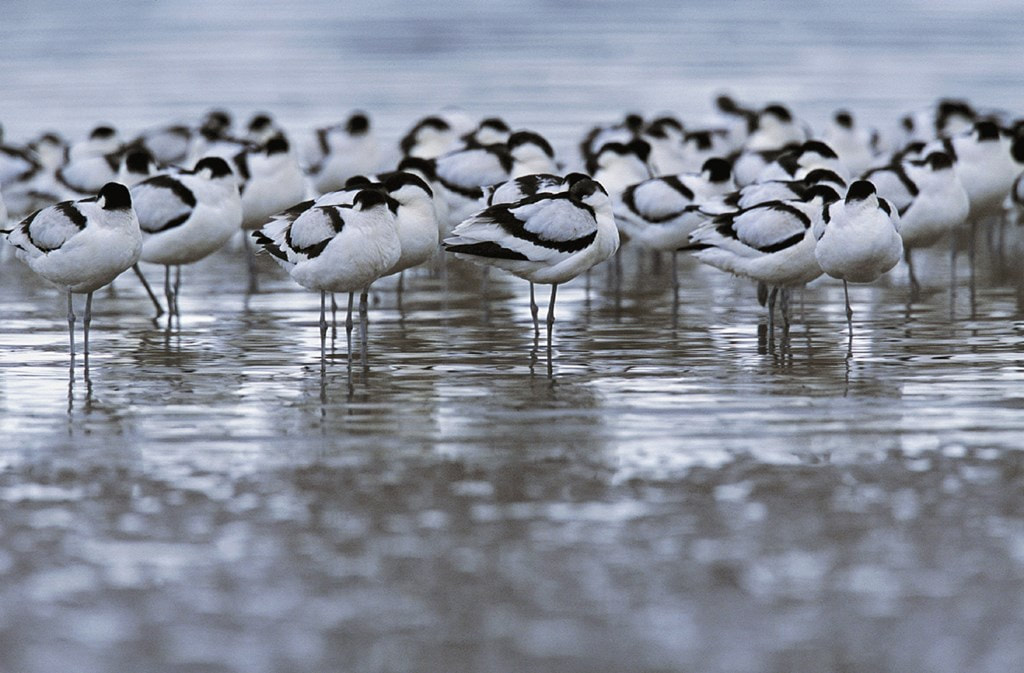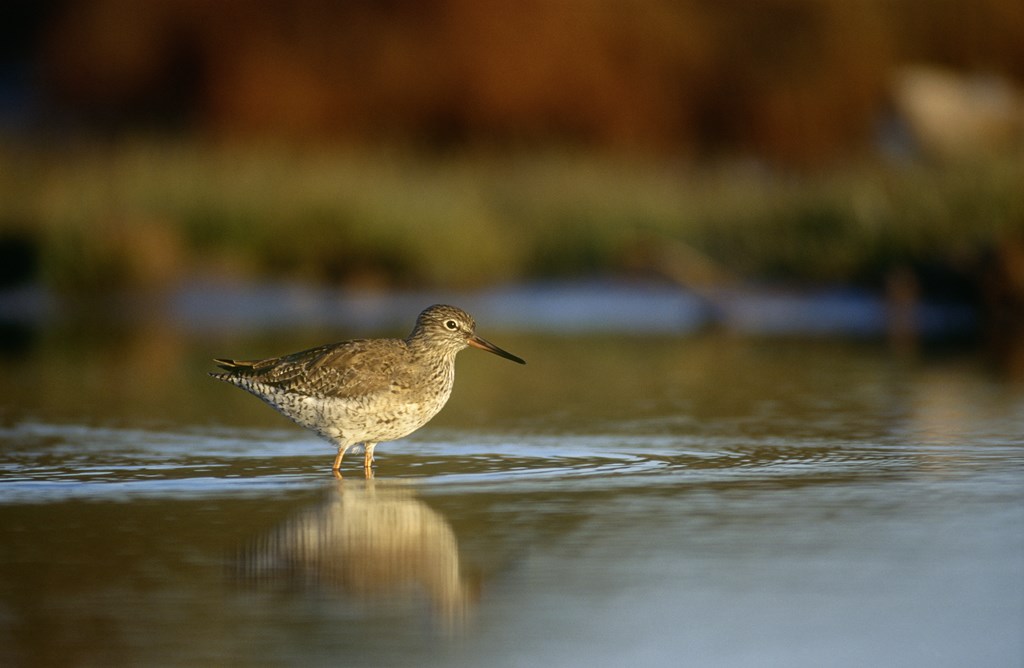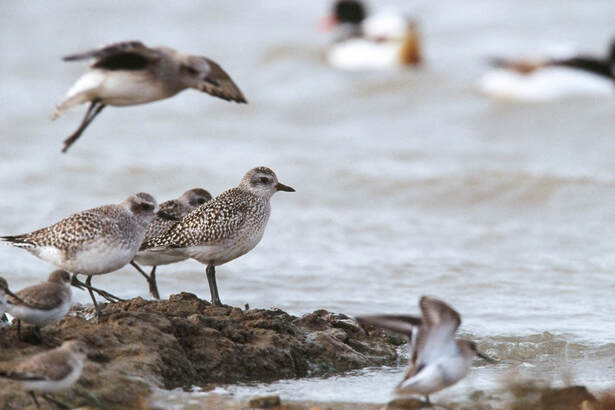|
Blog by Aran Burton, RSPB Communications Officer While we come to terms with the effects of climate change on our way of life, coastal birds will also have to adapt, but they’re likely to struggle without intervention from us. It’s vital we mitigate the effects of climate change, such as the potentially catastrophic sea level rises that are predicted to severely affect the UK in the coming years. At RSPB Titchwell, we’re working to protect, and in some cases restore, the land being lost to coastal erosion and the damaging impact this is already having on wildlife. This is the aim of Life on the Edge, an EU-funded LIFE project, allowing us to provide new habitats, and protect existing ones, at seven nature reserves in England. It’s our duty to provide a future for coastal birds and their habitats, because human activity is the driving force behind climate change. The land at RSPB Titchwell Marsh nature reserve has been managed since the 1970s, but by 2009 flooding and coastal erosion began to bite. Efforts to protect and strengthen flood defence banks have been going on since 2011 and Life on the Edge, will help build on this. Titchwell Marsh attracts more than 80,000 visitors a year, who come to enjoy the birds nesting on the reserve, including bittern, avocet, bearded tit and marsh harrier. If these habitats are lost to coastal erosion, these populations of coastal birds will be lost as well – possibly forever. As the water levels in the reed bed change, this important habitat is becoming harder to manage. If the reed bed deteriorates, there are concerns it would eventually dry out and revert to willow scrub, which cannot support nesting bittern, bearded tit or marsh harrier. Freshwater marsh is also at risk from rising water levels, which could displace the avocets that nest here. Without intervention, climate change would fundamentally alter the landscape at Titchwell Marsh, and displace the hundreds of birds that nest in these special habitats. Thanks to Life on the Edge project work, this bleak future can be prevented. Work is already underway to reverse this decline and attract new species to the nature reserve, including the creation of 11 new islands in the marsh where birds can nest and roost. Flood defence banks have been raised and extended, and more than a kilometre of fencing to keep out predators has been installed. These improvements are essential for protecting ground nesting birds. In 2021 there have been 20 pairs of avocet and seven pairs of ringed plover, nine pairs of bearded tit and one booming bittern. This is positive, but we’d like to see more species flourishing in the marsh. While protecting breeding species is important, it’s also essential the needs of birds are met all year round. Titchwell provides vitally important habitats for wintering birds, including species that nest nearby in other parts of the Norfolk coast, such as redshank and oystercatcher. Titchwell also provides a winter home for species that nest in the Arctic, such as grey plover and knot. We don’t know what the future holds, both for us and our coastal birds, but by taking action now, we can ensure there is a future to be had.
0 Comments
Leave a Reply. |
Archives
April 2024
Categories
All
Photo credits: Oystercatcher by Katie Nethercoat (rspb-images.com)
LOTE Logo credits: Saskia Wischnewski |




